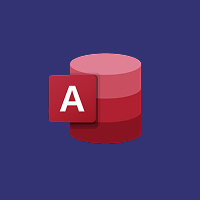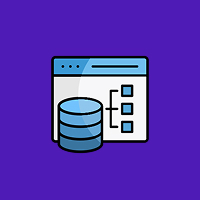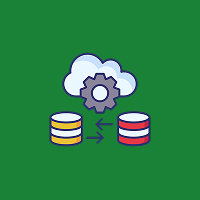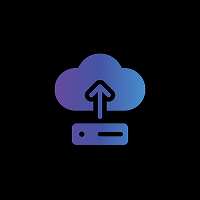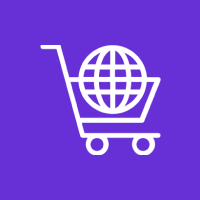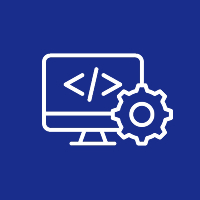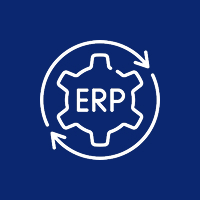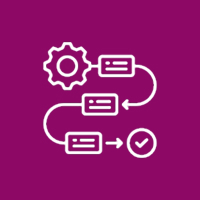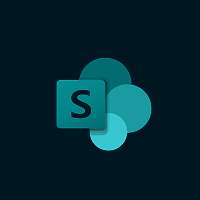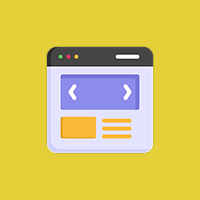In today’s mobile-first economy, mobile applications are critical to customer experience, business efficiency, and repeatable business models. But creating separate apps for iOS and Android is wasteful—entailing different teams, codebases, and maintenance strategies. Cross-platform app development solves this problem by allowing you to develop mobile apps for every operating system from a single codebase.
It’s not a trend in development—it’s a strategic approach that provides flexibility, cost advantages, and faster time-to-market, and that makes it an attractive proposition for startups, SMEs, and even large enterprises looking to get the most out of their mobile strategy.
Cross-Platform App Development Explained
Cross-platform development is the process of creating software applications that can be run on multiple different platforms off one codebase. Rather than writing native apps for each platform, such as Android (Java/Kotlin) and iOS (Swift/Objective-C), developers use cross-platform frameworks where the same code gets to be applied to both platforms—with rendering and performance optimization per platform added where required.
This one development strategy allows businesses to maintain consistent functionality, branding, and user experience on mobile platforms and avoid significant development and maintenance expenses.
Top Cross-Platform frameworks
Flutter (Google): Based on the Dart language and has a rich native-like UI set of widgets. Renowned for rapid development cycles with fast performance.
React Native (by Meta): JavaScript and React-based, allows developers to write code that executes with native components. It is supported by a strong community and rich plugin support.
Xamarin (by Microsoft): Uses C# and tightly integrates itself into the Microsoft ecosystem, hence best fit for companies already invested in .NET technologies.
Benefits of Cross-Platform Development
1. Faster Time to Market
By sharing the majority of the codebase across platforms, teams can release apps more quickly and reduce development time.
2. Cost Savings
You don’t require a pair of teams to maintain a pair of apps. One development cycle saves time and money on design, coding, testing, and deployment.
3. Common User Experience
Cross-platform platforms allow you to use platform-scalable UI controls that adhere to the platform’s design guidelines, allowing you to deliver consistent and intuitive experiences to users whether on a device or not.
4. Simplified Maintenance and Upgrades
With one codebase, updates, fixes, and new functionality can be pushed to all platforms at once, simplifying version control and support.
5. Greater Reach of Audience
Releasing on both iOS and Android at the same time allows companies to gain maximum exposure and access a larger audience on day one—critical for acquiring users and gaining traction at early stages.
Limitations of Cross-Platform Development
Even with cross-platform tools filling much of the gap with native development, there are still certain challenges:
- Performance Sensitivity: Where hard-core hardware is necessary (e.g., 3D games, AR applications), native development still delivers superior performance.
- Access to Native APIs: Some of the more advanced device-specific features are not present out of the box and require native bridges or plugins to be implemented.
- UI/UX Consistencies: Even though frameworks strive to have native feel, matching pixel-perfect experiences on both platforms at some points is challenging.
Best Use Cases for Cross-Platform Development
Cross-platform app development is not a catch-all solution but does work best in most real-world scenarios:
- Minimum Viable Products (MVPs) to rapidly develop and test on multiple platforms.
- In-house business apps where user interface opulence is less necessary, but usability is crucial.
- E-commerce and content delivery websites wishing to reach out to Android and iOS users with a similar shopping or browsing experience.
- Startups and small enterprises looking to pilot their idea without the cost of two full native applications.
- Apps with moderate complexity that do not rely excessively on native device capabilities.
How to Choose the Right Framework
All cross-platform frameworks have their strengths. Consider the following when choosing the right one:
- Flutter is great for custom UIs, performance, and scaling.
- React Native is well-suited for those already using JavaScript and web development.
- Xamarin is well-suited for Microsoft-centric development stacks.
You also need to consider community support, plugin availability, team skillsets, application complexity, and roadmap ahead.
Conclusion
Cross-platform app development is a powerful and practical solution for building top-shelf apps that can run on numerous operating systems. It enables firms to reach more individuals more rapidly at lower cost, and to support applications more simply. While it might not be suitable for all application scenario—especially highly specialized, performance-sensitive applications—it is of gigantic value for mobile projects in general.
As technologies like Flutter and React Native continue to develop, the performance and flexibility of cross-platform solutions approach that of native applications. Whether you’re launching a new digital product, expanding an existing one, or simplifying internal tools, cross-platform development can deliver the versatility and speed needed in a competitive digital landscape.








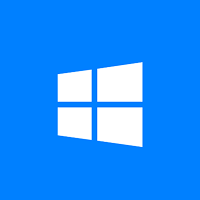
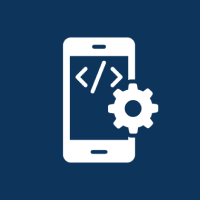



 Database Development
Database Development




